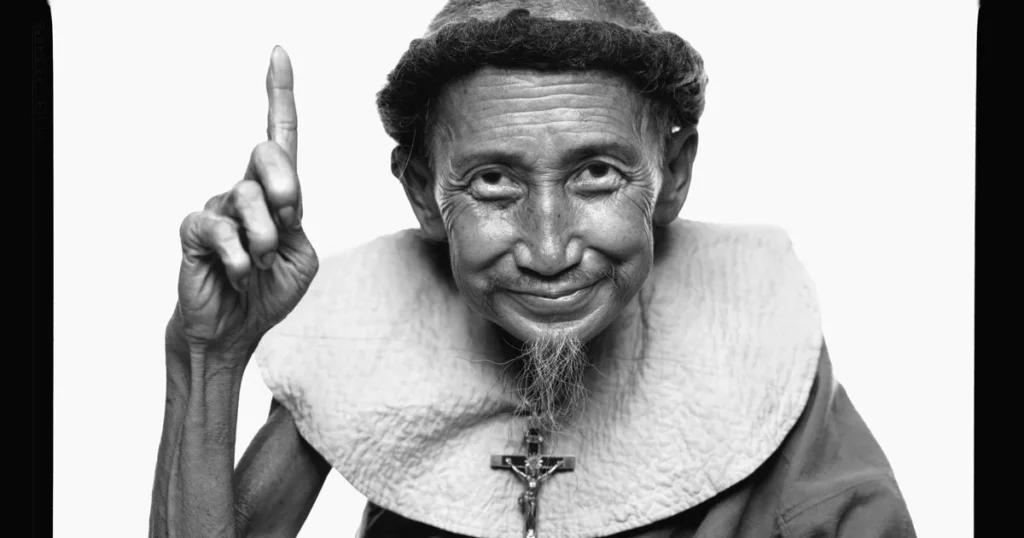The Coconut Religion was a Vietnamese religious cult based in Bn Tre Province in southern Vietnam. Adherents established the Coconut Kingdom on a Mekong River islet in 1963. The religion is mostly based on Buddhist and Christian principles and founder Nguyn Thành Nam’s nonviolence teachings. But do you know who founded this religion?
The Coconut Monk was a Vietnamese pacifist mystic who established the Coconut Religion. He lived on an island, meditated for hours every day in a palm tree, had a cat and mouse as companions, created a gong out of bomb shards, and was imprisoned for his resistance to the Vietnam War.
Was the Coconut Monk Mentally Ill?
The Coconut Monk was against the war and was also labeled as mentally ill. In 1968, the south of Vietnam had just emerged from a long period of political instability that had shaken and aroused society. The public were fed up with the government’s promises and realities. Both the Communist and Nationalist factions had similar anxieties. People had to brace themselves and pray that spiritual forces would deliver them from the war’s perils in order to survive.
In the spring of 1968, journalist John Steinbeck IV, the 22-year-old son of internationally renowned American writer John Steinbeck, traveled to My Tho which is now the Tien Giang Province with his friends to meet the Coconut Monk, an enigmatic Zen Buddhist monk whom some officials in the southern government mistook for a mentally ill, troublesome old man.
He and his students turned the shells of WWII bombs and bullets into objects of peace at his pagoda. He even raised a cat and a mouse together to show that despite their differences, the north and south could coexist together. Every day, the Coconut Monk would cross the symbolic map from Saigon to Hanoi, praying for peace in Vietnam.
Beyond the ecclesiastical realm, many southern monks expressed open opposition to the increasingly harsh conflict. International media began to pay attention to priests and spiritual leaders who had enough credibility and representation to speak out about the suffering of the common public. (Source: The Vietnamese)
The First Meeting of Steinbeck and the Coconut Monk
Steinbeck and the Coconut Monk had a special spark of inspiration at their first meeting. Initially a Buddhist and Daoist believer, Steinbeck claimed that the day before he looked at a map of Vietnam and noticed that if a circle was drawn around the S-shaped stretch of land, it would resemble a Tai Chi symbol from the yin and yang doctrine. Tonle Sap Lake in Cambodia was the white dot in the black portion of the Tai Chi sign, representing the land, while Hainan Island in China was the black dot in the white portion, representing the sea.
The Coconut Monk greeted Steinbeck wearing a yellow monk’s robe and a Catholic crucifix dangling from his chest. His head was not wrapped like his disciples’; instead, his ponytail was plaited and wrapped in a piece of white fabric in the style of Jesus’ crown of thorns, according to the Coconut Monk. His plait of hair would occasionally be allowed down to his chest, and he would claim to be the image of the Maitreya Buddha. (Source: The Vietnamese)
